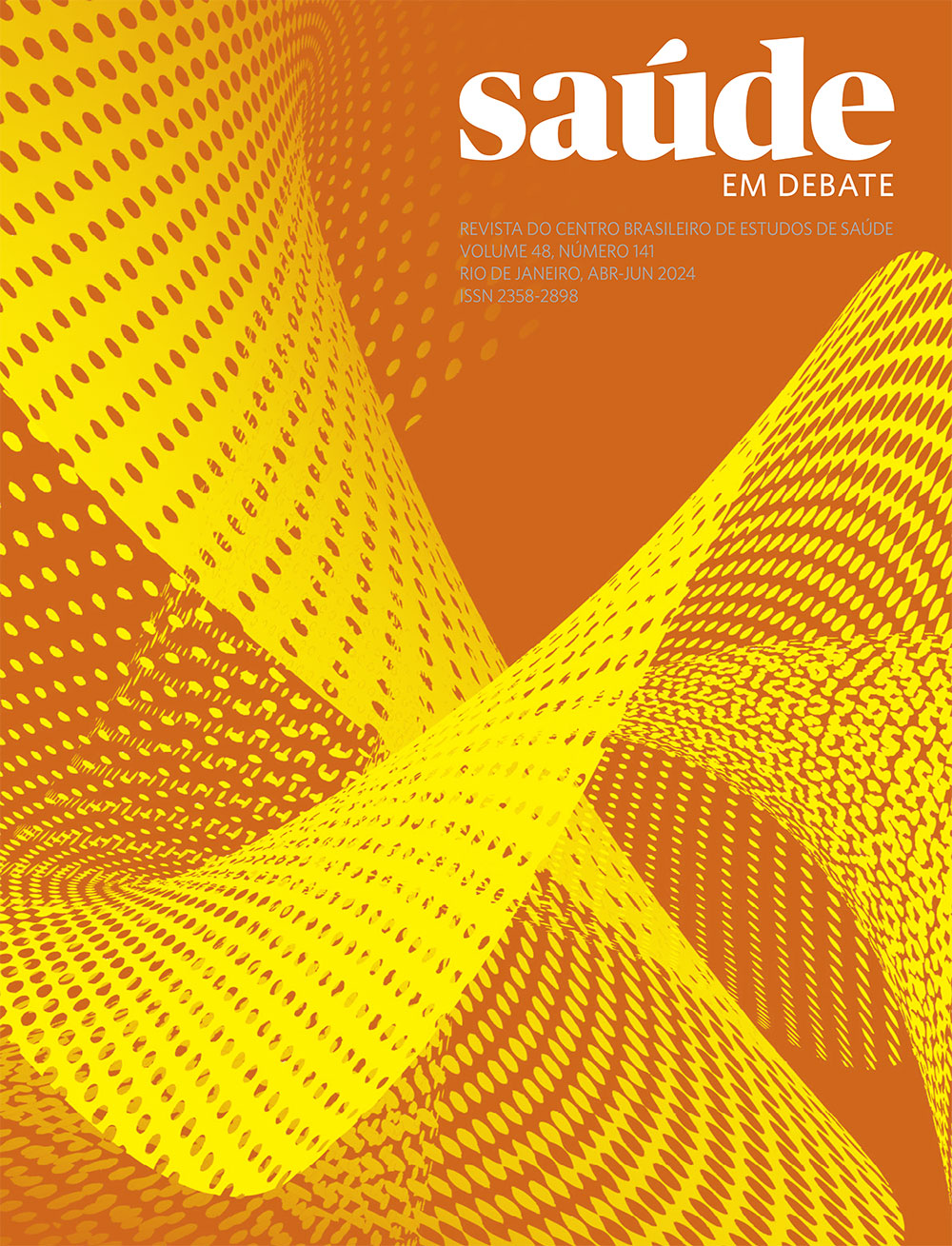Food and nutritional insecurity and health risk behaviors in adolescents during the COVID-19 pandemic
Keywords:
Food Insecurity, Health Risk Behaviors, Adolescent, COVID-19Abstract
The objective was to investigate the prevalence of reported food insecurity in Brazilian adolescents during the pandemic and the association between food insecurity and risk and protective behaviors in Brazilian adolescents during the Covid-19 Pandemic. Cross-sectional study with data from “Convid Adolescents - Research of Behaviors”, carried out in 2020. The population was adolescents aged 12 to 17 years. Prevalence ratio (PR) and 95% confidence interval (95%CI) were used, using Poisson regression with robust variance. The prevalence of food insecurity was higher among black (38.3%; PR:1.94; 95%CI:1.63–2.30) and brown (29.3%; PR:1.49) adolescents ;95%CI:1.30–1.69); who study in a public school (28.7%; PR:2.73; 95%CI:2.29–3.25) and residents of the Southeast (28.3%; PR:1.13; 95%CI:1.01 –1.28). Adolescents who reported food insecurity had lower consumption of vegetables (RPaj: 0.82; 95%CI: 0.72-0.93) and fruits (RPaj:0.85; 95%CI:0.75-0.96), higher consumption of beans (RPaj: 1.06; CI95%: 1.01–1.13), less practice of physical activity (RPaj: 0.77; CI95%: 0.64– 0.94) and greater use of cigarettes (RPaj: 2.19; 95%CI: 1.53–3.14) and alcohol (RPaj:1.19; 95%CI:1.01–1.40). Food insecurity was present in 26.1% and was related to socioeconomic characteristics, evidencing the importance of public policies to reduce inequalities.
Downloads
Published
How to Cite
Issue
Section
License
Copyright (c) 2024 Saúde em Debate

This work is licensed under a Creative Commons Attribution 4.0 International License.




















